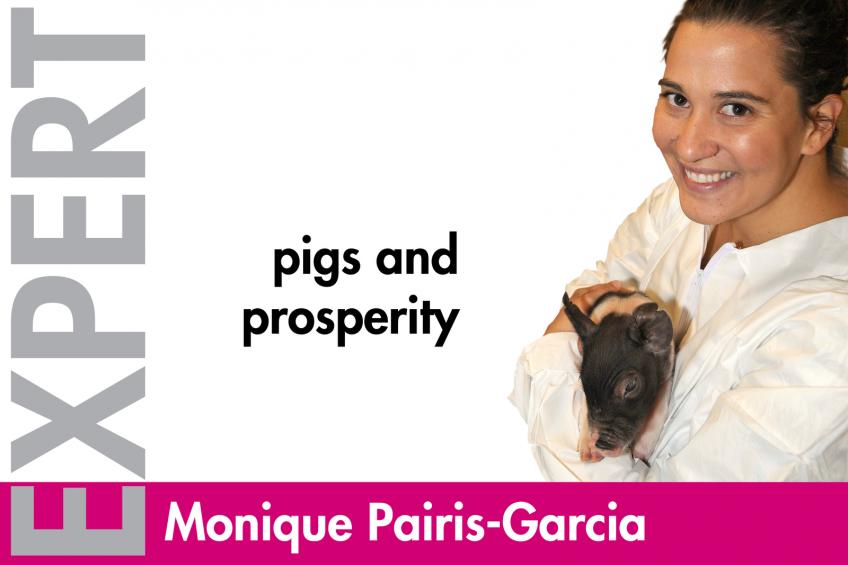Promising ideas, but where are the swine producers?

During the recent International Conference on Pig Welfare in Denmark, a position paper addressing the ways forward for swine welfare legislation was signed by the Danish, Swedish, German and Dutch ministers of agriculture. The areas of interest look very promising from a swine welfare. However, throughout the conference, one voice was clearly missing from the conversation; that of the swine producer.
Of the 400 ‘experts, stakeholders, NGOs and politicians’ gathered to discuss pertinent issues that directly impact the swine industry, it was rather odd that very few among us participating in the debate work with pigs on a daily basis.
The goal of the position paper signed during the conference is to update the Council Directive 2008/120/EC to ‘lay down minimum standards for the protection of pigs’. But what impact do these laws really have on the farm? While routine tail-docking is already banned within the EU, piglets are still commonly tail-docked. It is unlikely that swine producers are ignoring this directive outright. Yet, in fact, there are still several challenges farmers face when raising pigs with intact tails.
Alternatives to surgical castration
In addition to the pain associated with tail-docking, alternatives to surgical castration were also addressed. In 2014, only some 2% of Danish farms sent intact male pigs to slaughter. High skatole and androstenone levels are a result of not castrating boars and elevation in these hormones results in the unappetising by-product called boar taint. Boar taint is detectable to human consumers and can have a significant impact on meat quality and saleability at the market.
Lastly, challenges for improving both sow and piglet welfare within the farrowing unit were addressed. The position paper encourages transitioning sows to loose pen housing within the farrowing unit, which will provide sows more room to express natural behaviours but can result in increases in piglet mortality. This change will be especially critical to the producer, as Denmark has set a goal of decreasing piglet mortality by one pig per litter by 2020.
So what were some of the alternatives discussed during the conference?
- Tail biting (Enriching the environment; feeding strategies; genetic selection)
- Castration (immunocastration; pain management; genetic selection)
- Farrowing systems (straw; alternative farrowing stalls, litter size selection)
While the changes addressed can eventually have a positive impact on swine welfare, more science-based direction on the application of these methods needs to be made available before farmers are asked to make the financial investment for these changes. These issues will continue to raise questions among farmers, veterinarians, scientists and the general public and it is imperative that the communication lines remain open among all parties involved.











